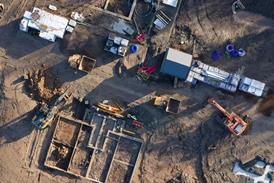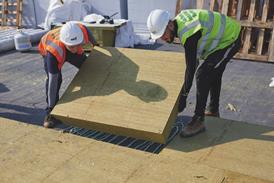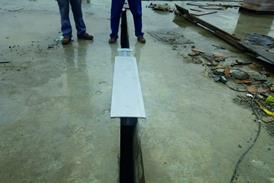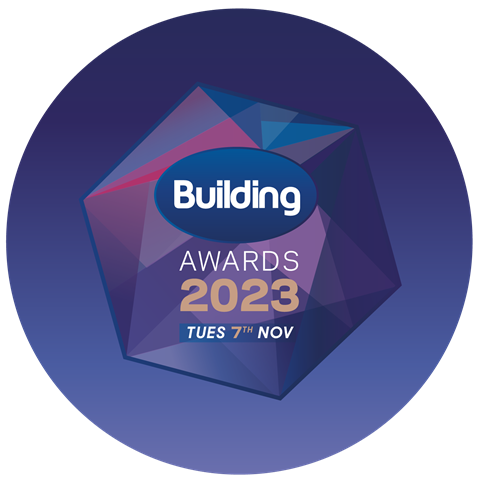- News
Regulations latest
All the latest updates on building safety reform
- Focus
- Comment
- Data
- Programmes
- CPD
- Events
- Jobs
- Subscribe
- Building Boardroom
Whole-life carbon: RIBA and RICS guidance

Guidance from both RICS and the RIBA on carbon reduction from a whole-life perspective can be used together to plan for resource efficiency and minimal emissions. Simon Sturgis of Sturgis Carbon Profiling reports
01 / Introduction
The RIBA has just released guidance on carbon reduction called Embodied and whole-life carbon assessment for architects (by the same author as this article), available from the RIBA website. This is parallel guidance to the RICS’ Professional Statement on the same subject released in November 2017 (Whole-life carbon assessment for the built environment – RICS 2017). The RICS Professional Statement is aligned with the Standard BS EN 15978, and provides a detailed methodology for assessing embodied and whole-life carbon for the built environment. A Professional Statement is the highest form of RICS guidance and is both mandatory (for RICS members undertaking carbon assessments) and regulated by the RICS.
These two documents can be seen to work together, with the RICS document providing a detailed explanation of whole-life carbon assessment methodology, and the RIBA document providing a summary of the RICS document plus an explanation of how to deliver embodied and whole-life carbon reductions through the RIBA stages.
Whole-life carbon emissions are directly related to the type and quantity of the resources used to create, maintain and use a building. This means that whole-life assessments are as much about resource efficiency as they are about carbon emissions . This makes whole-life assessments extremely relevant to tackling two key relevant environmental problems: global warming and resource depletion.
The aim of both the RIBA and the RICS guidance is to ensure that these assessments can be done in a reliable and consistent fashion, thus encouraging wider take up and reporting, leading to actions to reduce these negative environmental consequences.
This is PREMIUM content, available to subscribers only
You are not currently logged in. Subscribers may LOGIN here.
SUBSCRIBE to access this story

SUBSCRIBE for UNLIMITED access to news and premium content
A subscription will provide access to the latest industry news, expert analysis & comment from industry leaders, data and research - including our popular annual league tables. You will receive:
- Print/digital issues delivered to your door/inbox
- Unlimited access to building.co.uk including our archive
- Print/digital supplements
- Newsletters - unlimited access to the stories behind the headlines
Subscribe now
Get access to premium content subscribe today



















